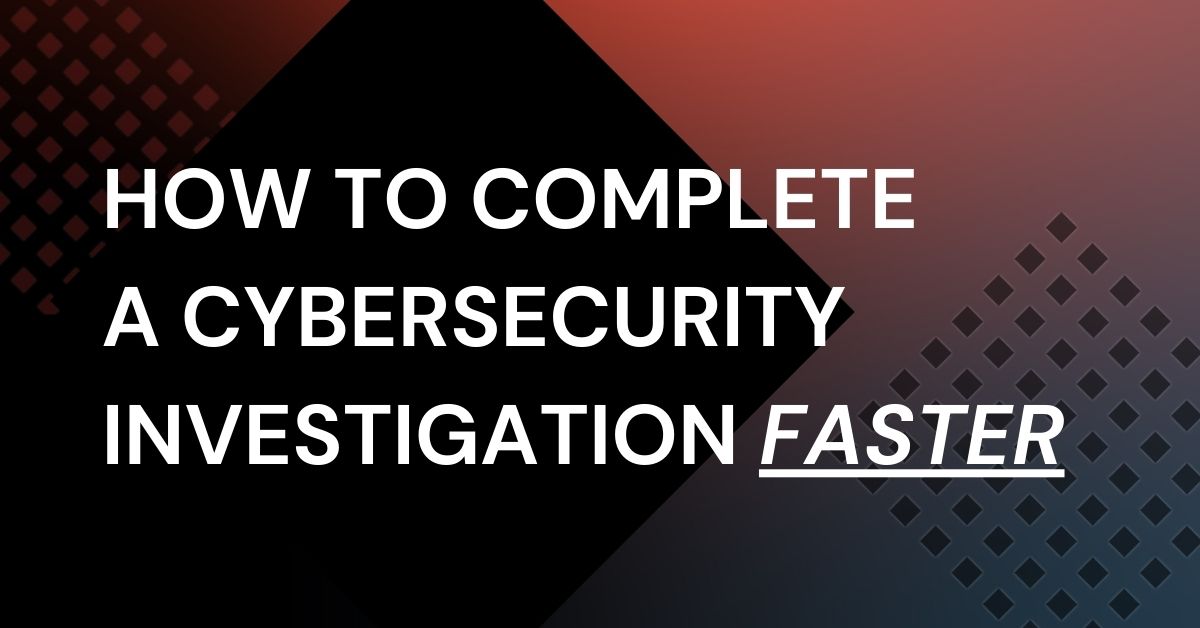1. Cybersecurity in Investigations
a. Preservation of Evidence
- Role: Cybersecurity preserves the digital evidence from any form of tampering, destruction, or unauthorized access.
- Example: Implement access controls and store forensic data in a secure location, such as logs and device images.
b. Detection of Cyber Threats
- Role: Cybersecurity practices identify and understand cyber threats that could be relevant to an investigation.
- Example: Intrusion detection systems (IDS) identify malicious activity and collect logs for analysis.
c. Maintaining Data Integrity
- Role: Ensures that digital evidence is not modified from the point of collection until it reaches court or resolution.
- Example: Using cryptographic hashes to verify the integrity of evidence.
d. Supporting Attribution
- Role: Assists in tracking malicious activities to particular actors or groups.
- Example: Analysis of IP addresses, malware signatures, or email headers.
2. Types of Investigations That Cybersecurity Supports
a. Criminal Investigations
- Role: Investigating cybercrimes such as hacking, identity theft, and ransomware attacks.
- Tools: Digital forensics tools, malware analysis platforms, and secure data collection.
b. Corporate Investigations
- Role: Addressing insider threats, intellectual property theft, and compliance breaches.
- Example: Monitoring employee activity and securing sensitive corporate data.
c. Incident Response
- Role: Responding to security breaches or attacks and determining the scope and method of the compromise.
- Example: Isolating affected systems and gathering evidence to reconstruct the attack timeline.
d. Fraud Investigations
- Role: Identifying and preventing fraudulent activities, such as phishing scams, financial fraud, or counterfeit websites.
- Example: Analysis of transaction logs and digital communications.
3. Tools and Techniques
Cybersecurity professionals utilize a variety of tools and techniques to support investigations:
- SIEM Systems: aggregate and analyze security logs for suspicious activity.
- Endpoint Detection and Response (EDR): monitor and collect data from endpoints for potential breaches.
- Packet Sniffers: analyze network traffic to uncover malicious communication.
- Forensic Imaging: Produce identical copies of digital devices for examination without changing the original data.
- Malware Analysis: Dismantle malicious software to understand its behavior and origin.
4. Working with Investigative Teams
a. Law Enforcement
- Role: Cybersecurity experts support police or federal agencies in investigating cybercrimes.
- Example: Providing expertise in tracing ransomware payments or uncovering dark web activities.
b. Legal Professionals
- Role: Ensure evidence meets legal standards for admissibility.
- Example: Providing chain-of-custody documentation and expert testimony.
- Role: Work together to contain threats and collect evidence for further investigation.
- Example: Identify zero-day vulnerabilities that were exploited in an attack.
5. Challenges
a. Changing Threats
- Cybercriminals always change their tactics, which complicates the investigations.
b. Encryption and Privacy
- Encryption and privacy laws make it difficult to gain access to possible evidence.
c. Data Volume
- There is a huge amount of data to be sorted through to find what is relevant to the case.
d. Cross-Border Issues
- Cybercrimes often cross borders, making legal and procedural issues complicated.


No comments:
Post a Comment